These finalists were invited to present in the final round of the Wireless Innovation Project™:

Peetsie: A chatbot for victims of PTSD and violence
Youth Tech Health
Peetsie is a trauma-informed mobile and web-based avatar offering therapy through Artificial Intelligence for American youth ages 15-19 who have experienced or witnessed violent trauma, specifically gun and domestic violence.
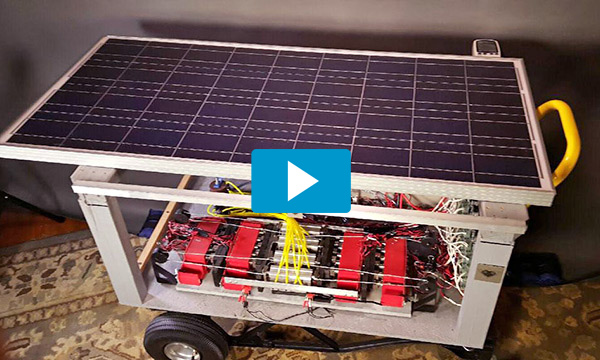
Air to Electricity Microgrid
Castor Air 2 Electricity & Water Solutions Inc.
A scalable, thermal energy storage-based multiplier microgrid technology that allows access to 24/7 uninterruptible, hurricane-proof water and power for scalable applications.
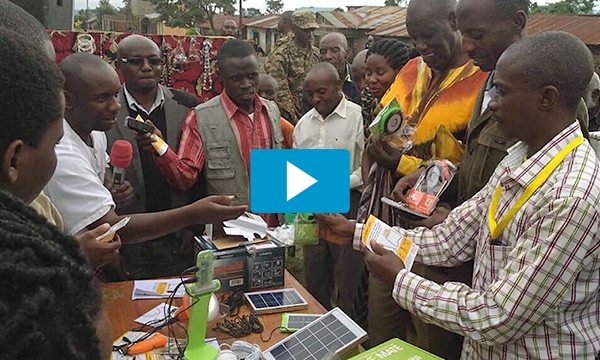
ENVision
Enventure
An open source mobile app productivity tool for cash-based merchants in developing countries, allowing them to capture inventory, input sales, and forecast orders.
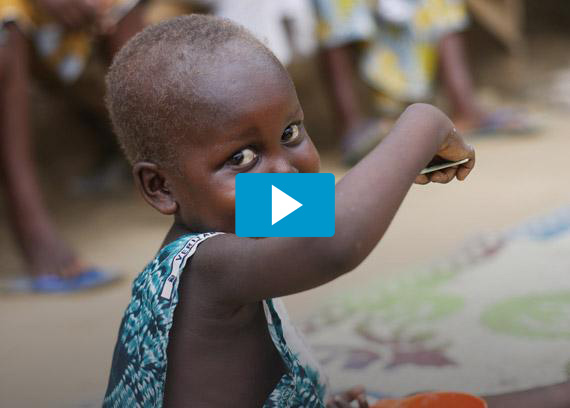
SAM: Severe Acute Malnutrition
Action Against Hunger
A mobile photo diagnosis app that determines whether a child under 5 is suffering from acute malnutrition by taking a photograph of the child’s body region, facilitating early warning and management of acute nutrition.
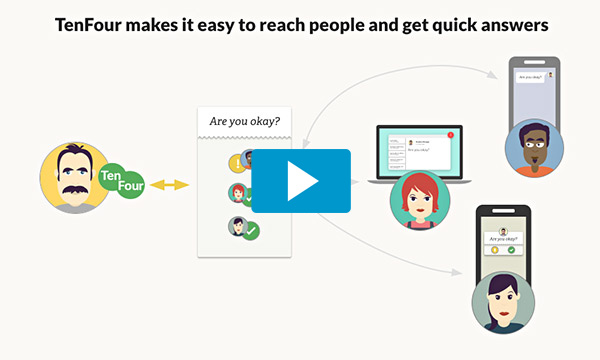
TenFour
Ushahidi
TenFour is an open source emergency check-in system for schools, NGOs, and small businesses that during a crisis lets people easily check-in via any communication channel and provides actionable alerts, saving time and lives during disasters.
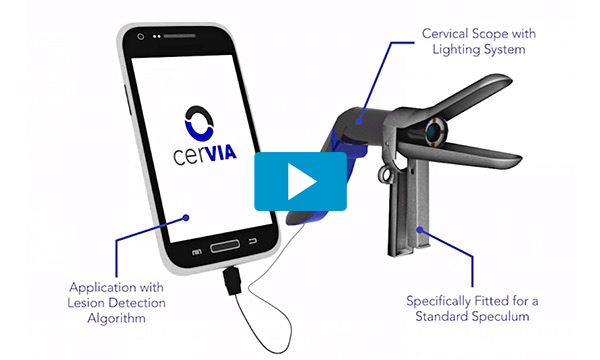
cerVIA
Columbia University & Luso Labs
CerVIA can improve cervical cancer screening through an imaging device coupled with a machine learning algorithm. The system allows for pictures to be taken before and after the screening procedure, through an algorithm, that is verified by gynecologists remotely.
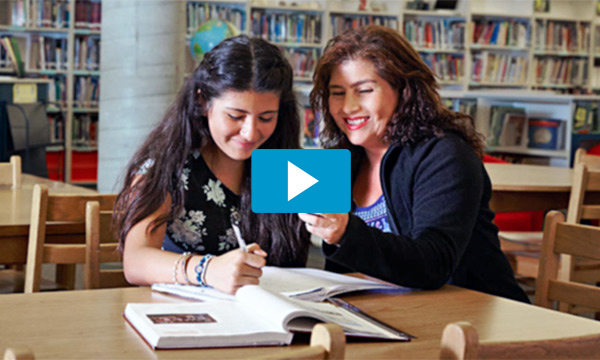
TalkingPoints
TalkingPoints
TalkingPoints helps students from low-income, diverse, immigrant families to feel better supported by their parents and teachers. Provides a cheap, accessible but effective way through building a multilingual communication platform.
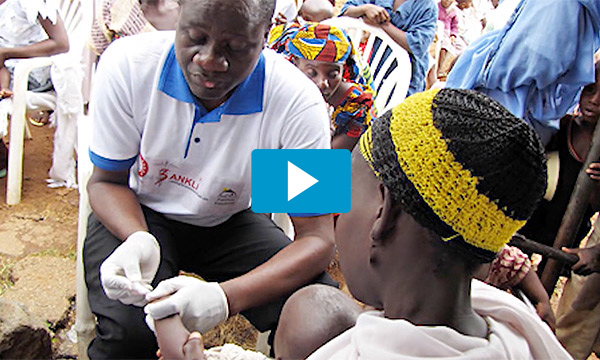
SMART: Sickle and Malaria Accurate Remote Testing
Hemex Health & Case Western University
The first electronic health record system to diagnose, track, and monitor sickle cell and malaria patients in Nigeria. Infrastructure to diagnose, track, and monitor individuals with these diseases are not developed in Africa, which directly contributes to high mortality rates.